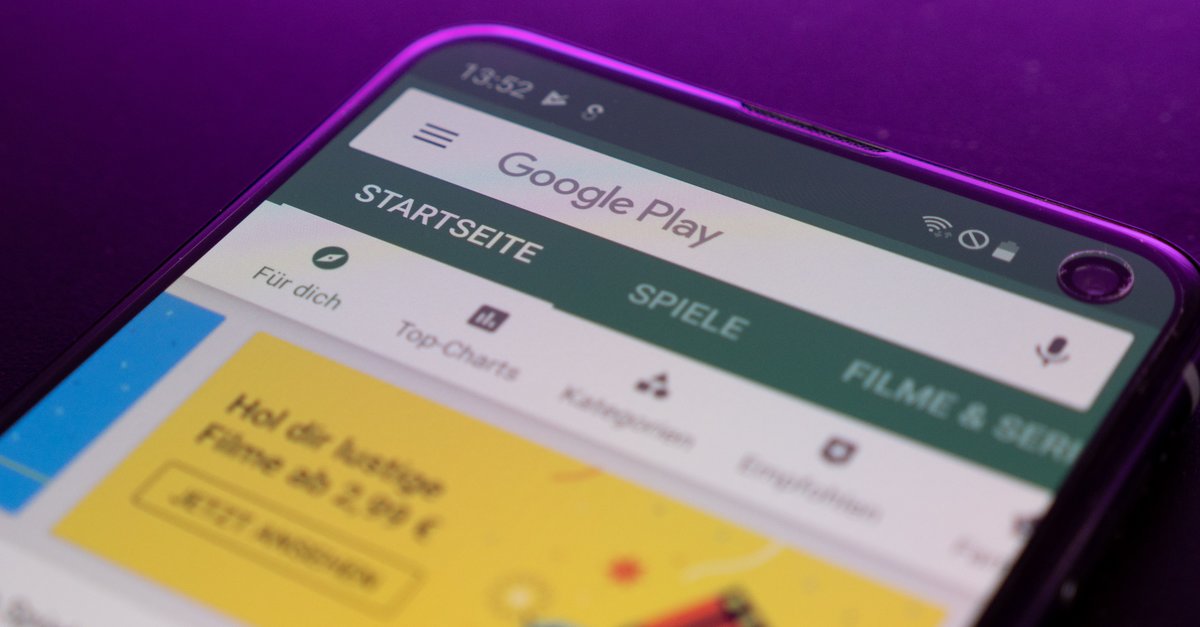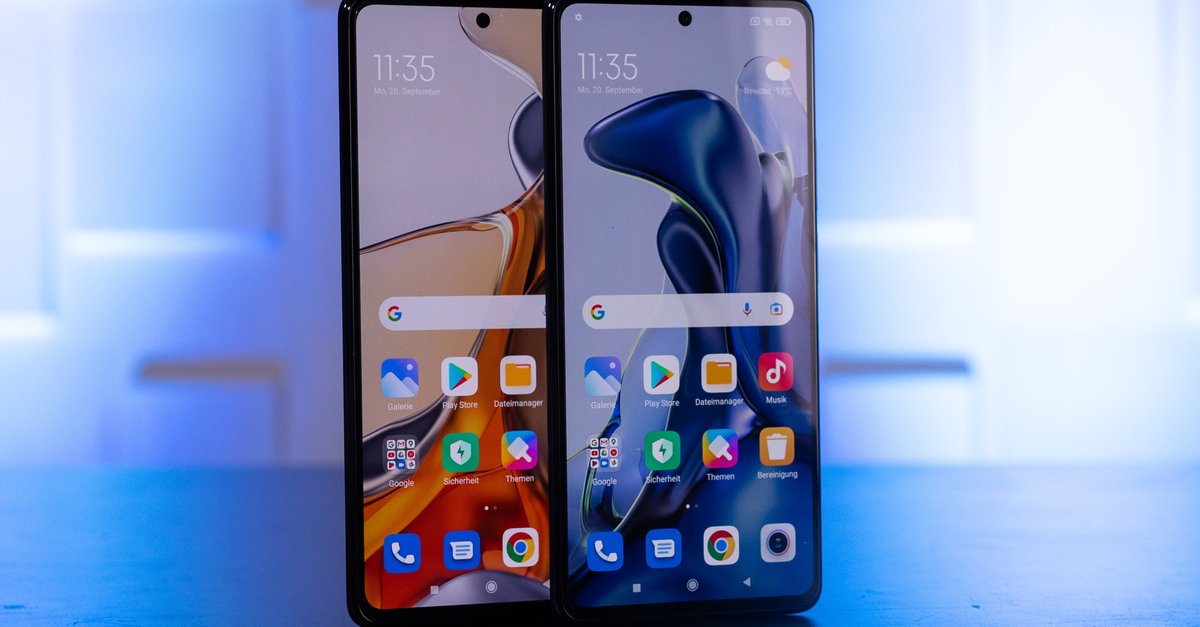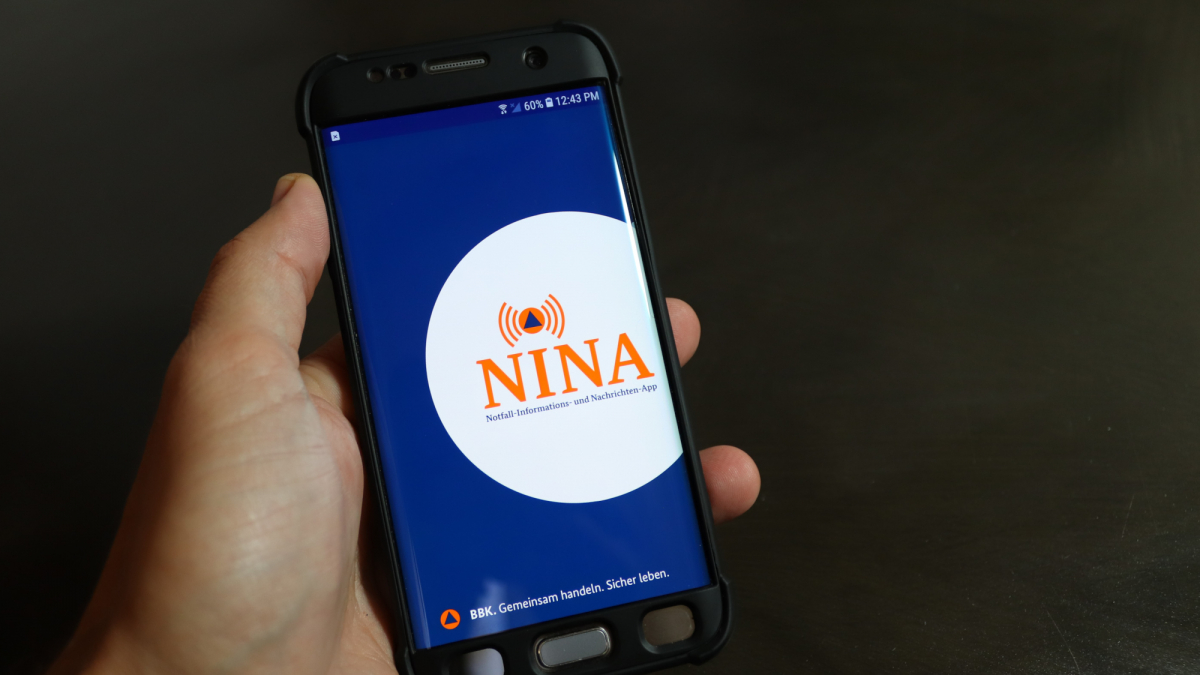Why I switched from Android and Windows to iOS and macOS
It’s the year 2019. For many, Corona was just a brand of beer, Notre-Dame is on fire and I was a huge Android fan. For me, Apple products didn’t really matter, so the choice of Windows as the operating system was pretty obvious. That was soon to change when I held the iPhone 11 Pro Max in my hands for the first time at the end of 2019.
Since then, my buying behavior has moved away from Google products and into the Apple universe. The iPhone 11 was followed by the Apple Watch and the iPad Air, and in 2020 I started in a company where I received a MacBook Pro as a work device. That was the moment when I became aware of the advantages of a closed ecosystem.

Because the flowing integration of iOS, iPadOS and macOS is in a certain way addicting. If I want to quickly transfer an image from the iPhone to the iPad, a simple synchronization via iCloud is sufficient; if a document or screenshot from the iPad to the MacBook is needed, AirDrop is there. And all of this without long waiting times or failures.
In mid-2021, the time had come when I bought a Mac mini for private use. In the following paragraphs I would therefore like to give everyone who is undecided an overview of the advantages of Apple’s operating system over Windows and at the same time name the disadvantages. Because macOS is far from being suitable for everyone.

Contents
Speed: As fast as a racing car
MacOS was able to catch up significantly in terms of speed. While Macs powered by Intel processors were extreme crutches that could only be optimized with more RAM (and were therefore expensive), Apple did everything right with the M1 chipset. The processor and the new architecture make macOS faster than ever before, my Mac mini with 8 gigabytes of RAM never jerks in daily use and is as fast as a racing car.
This is mainly due to the fact that Apple only needs to optimize its operating system for a few end devices. Windows is available on every system and is therefore sometimes more, sometimes less stable and high-performance. In addition, with every major Windows update, it is not clear whether everything is still going as it should. Only Surface devices can score here, and in the past I couldn’t find any problems with them.

Integration: It couldn’t be better
The integration between macOS, iPad and iPhone works flawlessly, I already described above how easy it is to send files between devices, and I can also answer iMessage messages and FaceTime calls on any device. Thanks to the integration in iCloud (“Where is?” Network), I can always check where my property is.
Windows (logically) can’t do that. Although Windows 11 is trying to tie in a little closer to the Android universe, a simple integration will probably never really take place. This means that Windows only offers the option of synchronizing content via cloud providers such as Google Drive or OneDrive.

Self-employment: Apple patronizes me
A major downside to the Apple universe is paternalism from the company. While this approach makes sense for non-tech-savvy people, IT people are more often frustrated that Apple wants to decide what to do with my device. Programs can only be installed if the installation file is signed, the security settings are a bit complicated. For example, when I share the screen for the first time, I have to grant authorization for WebEx and restart the program.
With Windows it all works a little easier. I can install anything that has .exe in its name and don’t have to rummage through menus when I want to change security settings. However, this can also backfire, as viruses can quickly spread to the system. Virus protection has become normal at Microsoft, but rather unnecessary at Apple.

Mobility: MacBooks are impractical
The heading is deliberately provocative, in my opinion MacBooks are still not good laptops. How come? If you can’t spend 1,000 euros on a laptop, you can’t get into the Apple universe, if you can buy a MacBook Air you will quickly be disappointed by the lack of connections. Two USB Type-C ports (one for the charging cable) are out of date even for a laptop, I hope Apple will upgrade here soon.
Microsoft shows with its Surface devices that there is another way. The laptops are also built thin, but have neat slots and can be quickly connected to a monitor without an adapter. Even if the devices are a few millimeters thick, in my opinion they are much more practical for a lower price.

Updates: no more update horror
A big advantage of macOS is that you are not constantly besieged with updates. Many programs can be updated directly via the App Store, if a new version of macOS is available, I can postpone it as long as I want. Here Apple’s operating system just seems to run better than the competition at Microsoft.
Because here Windows updates are available almost weekly. These are often installed automatically; the user can only postpone the installation by making their own settings (depending on the Windows version). In addition, it should happen more often that important functionalities are no longer available after a Windows update.
Conclusion: macOS ideal for Apple users: inside
In conclusion, there is little that can be said of me: If you own an Android smartphone or if you like to play, macOS will be dropped out of the box. But if you need a system for other tasks or you already have an iPhone or iPad, then I can only recommend macOS. For a little more money there is optimal integration into the Apple world, good computing power and a simple user interface.



